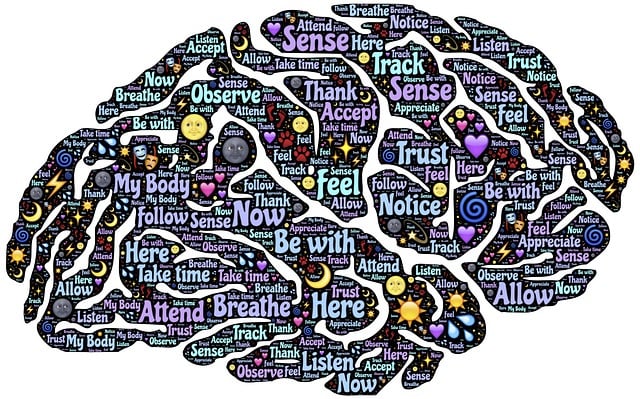Superior Bilingual Therapy emphasizes the dynamic nature of risk assessment and harm minimization in therapy. Through bilingual techniques, therapists navigate cultural complexities, ensuring comprehensive risk understanding. This approach fosters resilience, empowers individuals, and supports beneficial strategies like confidence-boosting initiatives, compassion cultivation, and burnout prevention. By adapting plans based on regular reviews, Superior Bilingual Therapy maintains pertinence, identifies emerging challenges, and implements tailored Stress Reduction Methods for optimal client outcomes.
In the realm of Superior Bilingual Therapy, risk assessment and harm minimization planning are paramount. This article delves into these critical components, providing a comprehensive guide for therapists. We explore the foundational role of understanding risk assessment in identifying potential harms and developing targeted interventions. Furthermore, we outline steps to create a robust harm minimization plan, emphasizing its implementation and continuous evaluation for effective risk management. By embracing these strategies, therapists can ensure safer, more successful therapeutic outcomes.
- Understanding Risk Assessment: A Foundation for Harm Minimization
- Developing a Comprehensive Harm Minimization Plan in Therapy
- Implementation and Continuous Evaluation for Effective Risk Management
Understanding Risk Assessment: A Foundation for Harm Minimization

Risk assessment is a cornerstone in harm minimization planning, providing a structured approach to identify and mitigate potential dangers. It involves meticulously analyzing various factors that could lead to adverse outcomes, enabling professionals to make informed decisions. By employing superior bilingual therapy techniques, practitioners can effectively communicate and understand nuanced risks within diverse cultural contexts. This inclusive process ensures that every aspect is considered, fostering a comprehensive safety net.
Harm minimization, when built on a solid risk assessment foundation, becomes a powerful tool for positive change. It encourages the implementation of confidence-boosting strategies, compassion cultivation practices, and burnout prevention measures. Through this holistic approach, individuals and communities can navigate challenges with resilience, ensuring their well-being and fostering an environment where risks are managed, not avoided.
Developing a Comprehensive Harm Minimization Plan in Therapy

In the realm of therapy, developing a comprehensive harm minimization plan is an essential aspect of superior bilingual therapy services. This strategy involves a meticulous process where mental health professionals identify potential risks and implement proactive measures to ensure client safety. By integrating risk management planning into their practice, therapists can create a supportive environment that fosters healing while mitigating any adverse effects.
A well-crafted harm minimization plan considers various factors, including the client’s cultural background, language preferences, and unique needs. It involves tailoring interventions, providing clear communication channels, and establishing safety protocols. Moreover, it encourages open dialogue, where clients feel empowered to express concerns or triggers, facilitating timely adjustments to the therapeutic approach. This proactive measure complements public awareness campaigns development by promoting a culture of mental health literacy and self-care routine development for better client outcomes.
Implementation and Continuous Evaluation for Effective Risk Management

Effective risk assessment and harm minimization planning aren’t one-time events; they require continuous evaluation and dynamic adaptation for optimal results. At Superior Bilingual Therapy, we understand that individual needs evolve, and so do associated risks. Regular review sessions are integral to our approach, allowing us to identify emerging challenges and adjust strategies accordingly. This proactive mindset ensures that interventions remain relevant and effective over time.
Through ongoing assessment, we can better pinpoint areas where clients might struggle with emotional regulation or emotional intelligence, implementing tailored Stress Reduction Methods as needed. By staying agile in our risk management, we create a supportive environment that fosters growth, mitigates potential harm, and promotes positive outcomes for all individuals involved.
Risk assessment and harm minimization planning are integral components of superior bilingual therapy. By understanding the risks, developing comprehensive plans, and continuously evaluating their effectiveness, therapists can ensure a safe and supportive environment for all clients. This approach not only minimizes potential harm but also enhances the overall therapeutic experience, fostering better outcomes and stronger relationships.










